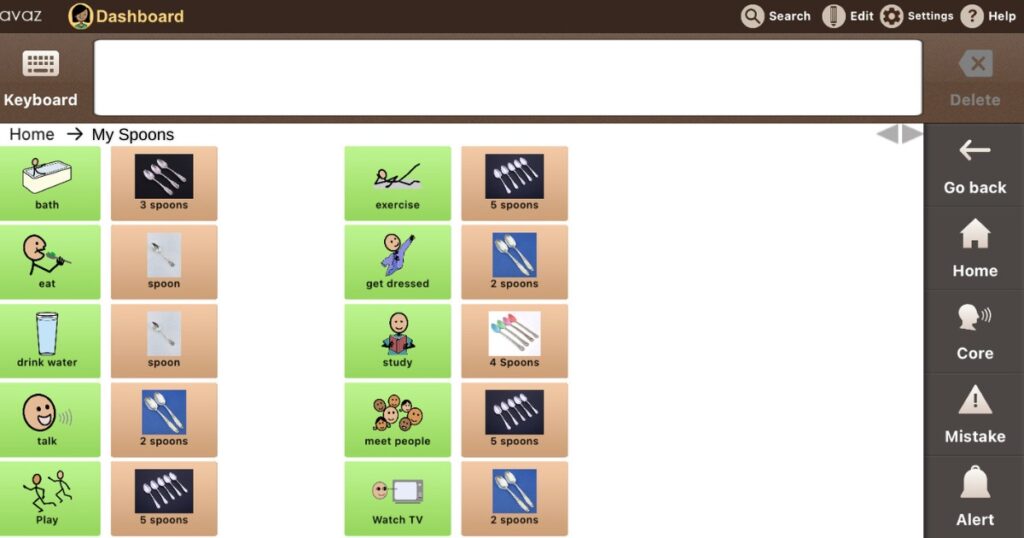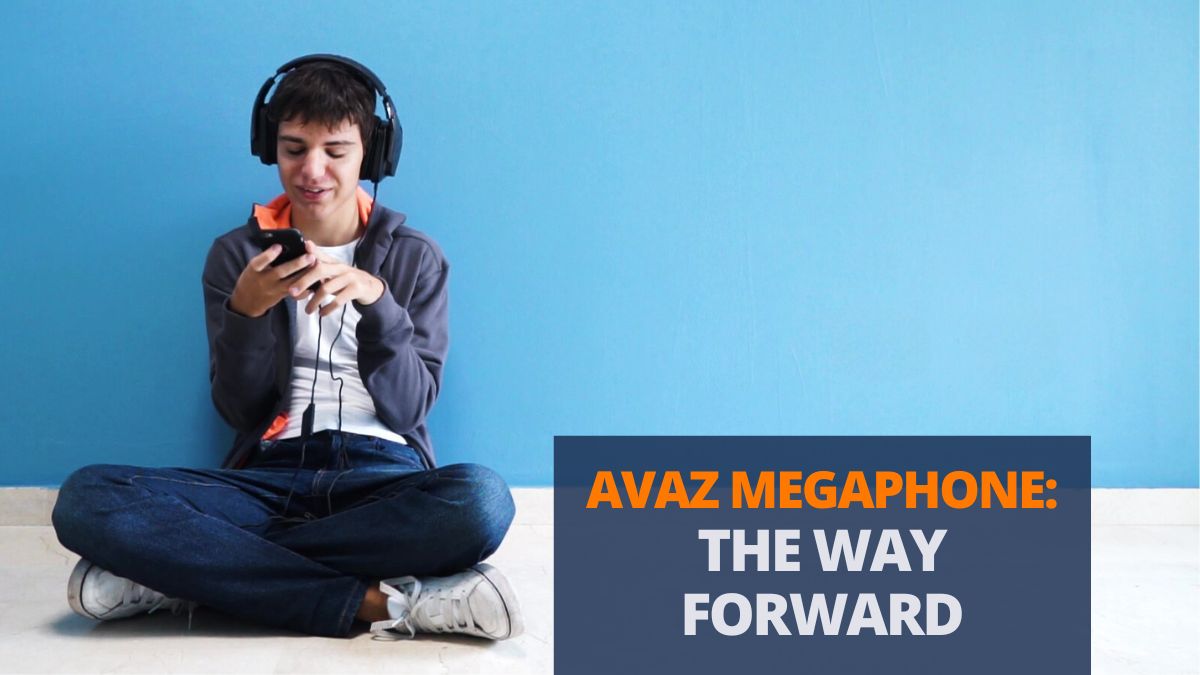Spoon theory helps us better understand the lived experience of disability & chronic illness. A powerful concept, it has given disabled individuals greater control over their lives. This blog takes a closer look at this theory and how it affords choice and autonomy to people with disabilities.


Spoon Theory and its Origin
Spoon theory is a metaphorical way of describing the energy someone has available for their everyday activities. The usage found its origin in a personal essay by Christine Miserandino in 2003. In this essay, Miserandino described her experience living with chronic illness. She used spoons as a metaphor and visual description for the units of energy she has.
Given her limited energy, she has to plan out her activities and tasks in advance. As a “spoonie”, she has no choice. So that she does not run out of energy/spoons, before the end of the day.
Spoons and Disability
Since then, this idea that a person starts with a certain number of spoons has resonated with many. Spoon theory provides insights into lived experiences of disability, mental health issues and multiple marginalizations. It is also applicable to other factors that might place an additional, often unnoticed burden on some individuals. By giving a visual representation of the amount of energy, this otherwise unnoticed depletion can become more noticed.
The number of spoons a person with a disability starts their day with can vary every day. Further, it is dependent on so many factors. Sensory overwhelm, pain, sleep deprivation are some of the factors that people with disabilities often deal with. These can influence the amount of energy you start a day with. It can also impact the amount of energy left at any point of the day.
The anticipation of running out of energy can be overwhelming. It gets worse when the person if they feel misunderstood. It can cause burnout and meltdown.
Hence, it is important to introduce the concept of spoon theory to those with disabilities and chronic illnesses. Spoon theory can help them (and those around them) to understand their state of mind better.
How Can Spoon Theory Help?
Spoon theory is very useful in various contexts.
To begin with, spoon theory is a means to explain that various tasks need varying amounts of energy on various days. For example, a task such as making your bed, or moving from one place to another to do some tasks – these can take less time on some days and more time on others. Putting a visual, tangible representation to the amount of energy it consumes is a way to explain a complex yet critical experience.
Spoon theory also helps one to understand themselves and their experiences better. This helps in advocating and regulating their own self. This is turn provides them autonomy to decide the number of spoons (amount of energy) they can spend on a task. It also helps them decide whether a task is worth the amount of energy it requires. By helping them to choose and decide, it empowers them. A deeper connection and compassion with self is the ultimate result.
This understanding also helps the other people in their life to comprehend the complicated experiences they go through. It cultivates compassion in others and facilitates an efficient way to assist, if and when needed.
AAC and Spoon Theory
Many autistic individuals can be minimally verbal. And even for those who are verbal, sometimes communication can be overwhelming and consume a lot of energy.
This understanding is critical for people with disabilities or people suffering from chronic illnesses – for they may want to save that energy for other tasks. If the individual is a multimodal communicator, AAC can be a game changer. It can help to save a lot of energy that is otherwise expended in talking.
AAC can be an app, a picture board, or a texting device that can augment speech by giving them an alternate means of communication.
Here are some ideas for how AAC can be used by spoonies:
- Adding preset messages and pictures relating to their specific spoons to the AAC. This is very helpful. For example, in your Avaz AAC, you can save preset messages on the app. These can be used with the press of a button.
- Alternatively, you can also customize a folder in the picture mode. It can contain pictures to represent the various states of mind and the amount of energy left. This customization should be done with inputs from the AAC user.


Final Word
The amount of energy spent on a task is an unseen concept. We have all faced times when we feel depleted, not having sufficient energy to do a task. For minimally verbal individuals, explaining this could take out a lot of energy. Giving them autonomy to describe their state of being and choose their tasks accordingly can be empowering.
We all need to understand that it takes more energy for people with disabilities and chronic illnesses to perform the same task. Further, we need to understand that this is perfectly OK. This acceptance doesn’t come very easily. Hence we need to keep working on ourselves and our perceptions constantly.
To know more about Avaz AAC, click here.



